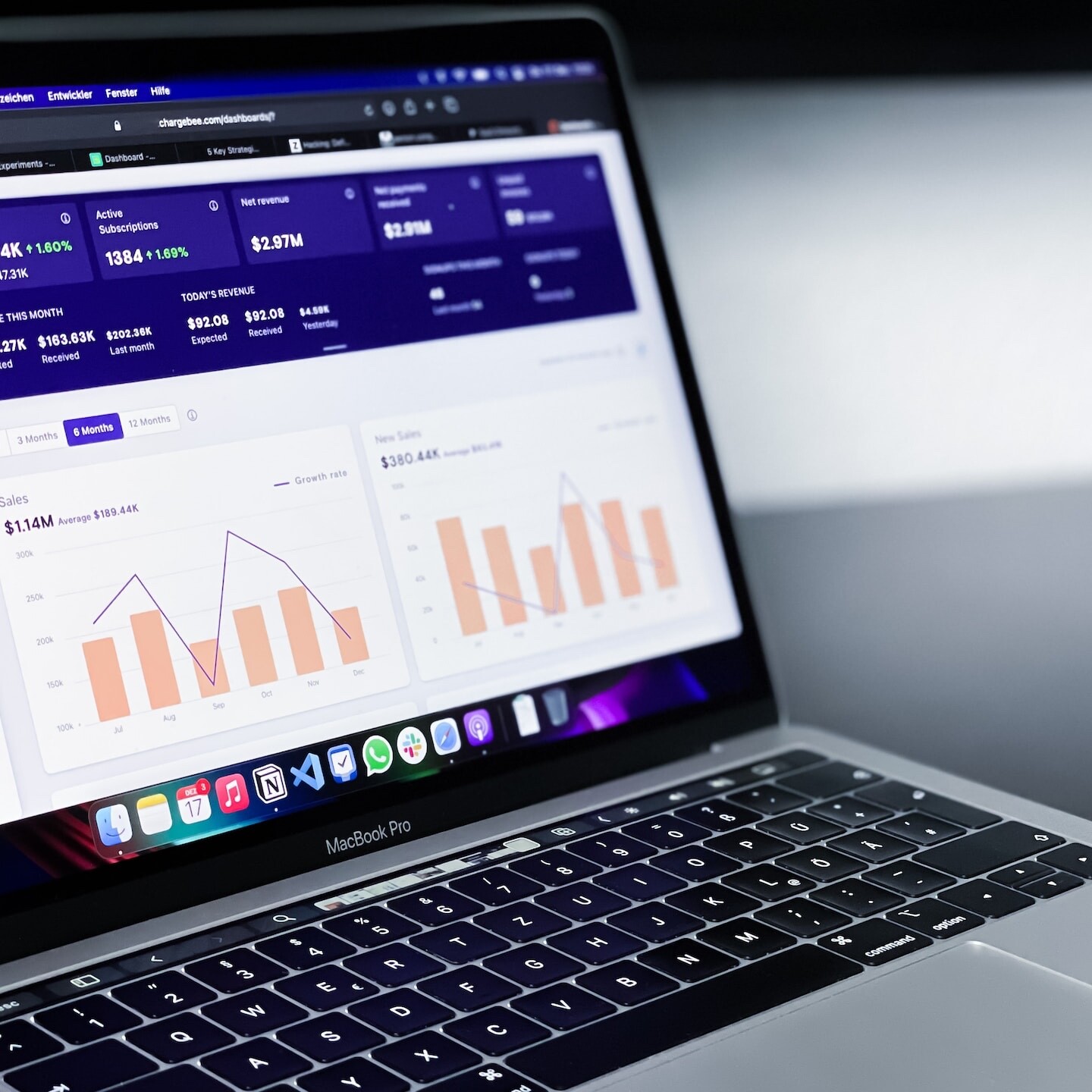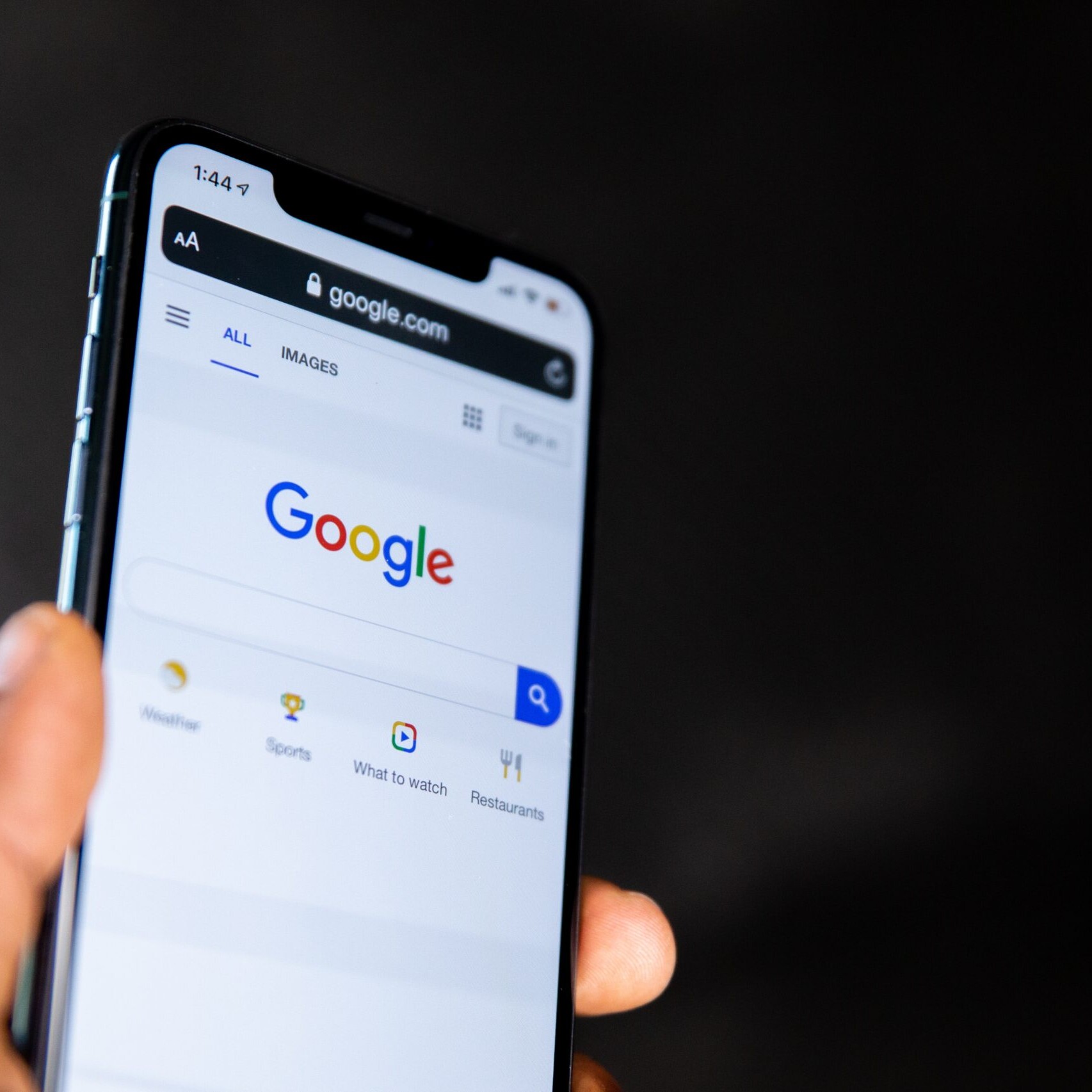User Interviews: Key Questions to Ask in a Usability Survey
User interviews are a valuable research method in UX design, providing insights into the needs, preferences, and experiences of individuals from different user groups. By speaking directly with users, designers can identify potential barriers and areas for improvement, ensuring a more inclusive web user interface (UI) design. Here we will discuss the importance of conducting user interviews for web UI usability testing, provide examples of questions to ask, and offer tips for conducting effective interviews with diverse user groups.
Incorporating Contextual Design Method can be used as a framework in conjunction or separately from usability surveys and user interviews. Contextual Design is a user-centered design methodology that involves observing and understanding users in their natural environment, focusing on how they interact with products, services, or systems within their specific context. The goal of contextual design is to create solutions that are tailored to the users’ needs, preferences, and behaviors, ultimately leading to more intuitive and effective user experiences
The Value of User Interviews
User interviews play a crucial role in creating inclusive UI designs by providing first-hand insights into the experiences of individuals from various user groups, including those with different abilities, backgrounds, and preferences. By engaging with users directly, designers can better understand their unique needs and identify potential barriers or issues in the UI, ultimately leading to more accessible and user-friendly designs.
Key Questions for User Interviews in Web UI Testing
When conducting user interviews for web UI testing, it’s essential to ask open-ended questions that encourage users to share their thoughts and experiences. Some examples of questions to ask include:
- How would you describe your overall experience with the web interface?
- What aspects of the web UI did you find most helpful or easy to use?
- Were there any parts of the web UI that you found difficult or confusing to navigate?
- How well do you think the web UI accommodates your specific needs or preferences (e.g., accessibility requirements, language, cultural context)?
- Are there any features or improvements you would like to see in the web UI to better meet your needs?
- How effective do you find the use of assistive technologies (e.g., screen readers, voice commands, or keyboard navigation) with the web UI?
- Can you describe a situation where the web UI made it difficult for you to complete a specific task using assistive technologies?
- What suggestions do you have for improving the integration of assistive technologies with the web UI to enhance usability and accessibility?
- How do you feel the web UI compares to other similar interfaces you have used in terms of usability and accessibility for your needs?
- Are there any additional accessibility features or options you would like to see implemented in the web UI to better support your use of assistive technologies?
These questions cover various aspects of usability and accessibility, focusing specifically on the use of assistive technologies to ensure that the web UI caters to the diverse needs of all users. By incorporating these questions into your user interviews, you can gather valuable insights to create a more inclusive and accessible web interface.
What to Prepare
To ensure that your user interviews are successful and provide valuable insights for web UI testing, consider the following tips:
- Be prepared: Familiarize yourself with the user’s background, abilities, and preferences before the interview, and tailor your questions accordingly.
- Create a comfortable environment: Make sure the interview setting is accessible and welcoming, allowing users to feel at ease and share their thoughts openly.
- Be patient and empathetic: Listen actively to the user’s feedback, acknowledging their concerns and experiences, and expressing genuine interest in their input.
- Keep the conversation focused: While it’s important to allow users to share their thoughts freely, try to steer the discussion back to the web UI and the user’s experiences with it.
- Take detailed notes or record the interview: Document the user’s feedback to ensure that you accurately capture their insights and can refer back to them during the design process.
Conducting user interviews with individuals from different user groups is essential for creating inclusive web UI designs that cater to diverse needs and preferences.
By asking open-ended questions and engaging with users directly, designers can gather valuable insights into potential barriers and areas for improvement in the UI, leading to more accessible and user-friendly designs.
Also by following best practices for conducting user interviews and incorporating user feedback into the design process, designers can create more inclusive web interfaces that contribute to a more accessible digital landscape.
Related Articles
Is PageRank Still Relevant for SEO?
March 24, 2023



